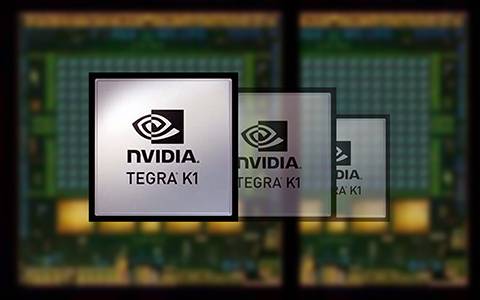
It would be an understatement to say that apart from Google’s new playthings, NVIDIA has been ubiquitous at the I/O developer conference as well – with its Tegra K1 chip seemingly at the heart of all things cool. One of those things was a demo by Epic Games using the Tegra K1 chip running the widely renowned FPS and RPG gaming framework Unreal Engine.
Unreal Engine will be very familiar for desktop gaming fans, but until recently, mobile computing with desktop graphics capabilities has been somewhat of a dream. NVIDIA, with powerful mobile processing and GPU rendering from its famed Tegra K1 chip showed off what it can do as Epic Games showed a demo at Google I/O – featuring what NVIDIA’s processor can do when running Unreal Engine’s framework in cooperation with Android L and the Android Extension Pack (AEP). Watch the demo below.
This demo was played during the keynote at Google I/O, and utilized (among others) the new AEP and OpenGL ES 3.1 to achieve some of the stunning effects in the demo. Incidentally, both the AEP and OpenGL ES will be supported with the upcoming Android L release possibly later this year. The AEP is basically a foundation for OpenGL ES to be able to give advanced graphics features like tessellation, geometry shaders, and high quality shadows to game renders on mobile – including the cute Tappy Chicken cameo.
But all these features would obviously be nothing if there was not a robust GPU backbone to all of it, and the Tegra K1’s Kepler-based GPU is just that. All of this coming together – Android L, AEP, Unreal Engine, together with the Tegra K1 chip and its future generations – will most probably give us what used to be called “desktop gaming capability” for our handheld devices. And if NVIDIA’s pervasiveness at Google I/O is any evidence, that time will more likely be sooner than later.
VIA: Slashgear










How great for all the 1 maybe 2 devices that decide to use the Tegra K1 chipset… Basically this doesn’t benefit Android users or gamers at all. Developers aren’t going to spend thousands and millions on developing high end games for 1 or 2 flagship phones spread across the US and maybe a couple other countries. It’ll end up being a marginalized niche` area where there are some really awesome NVIDIA Tegra powered games but only a few will play them so the games that shoot for that level of quality will be few and far between. Basically a repeat of the Sony PS phone of old and the previous NVIDIA Tegra gaming push which basically led to it’s own Tegra store and other Android flagship users are left out in the cold. This is especially an issue since the most popular Android device in the US at least won’t be using Tegra; I can’t see Samsung, or LG, or even HTC at this point giving up their chipset road map to jump on the Nvidia bandwagon which hasn’t shown itself to be even moldy successful within the Android world yet.